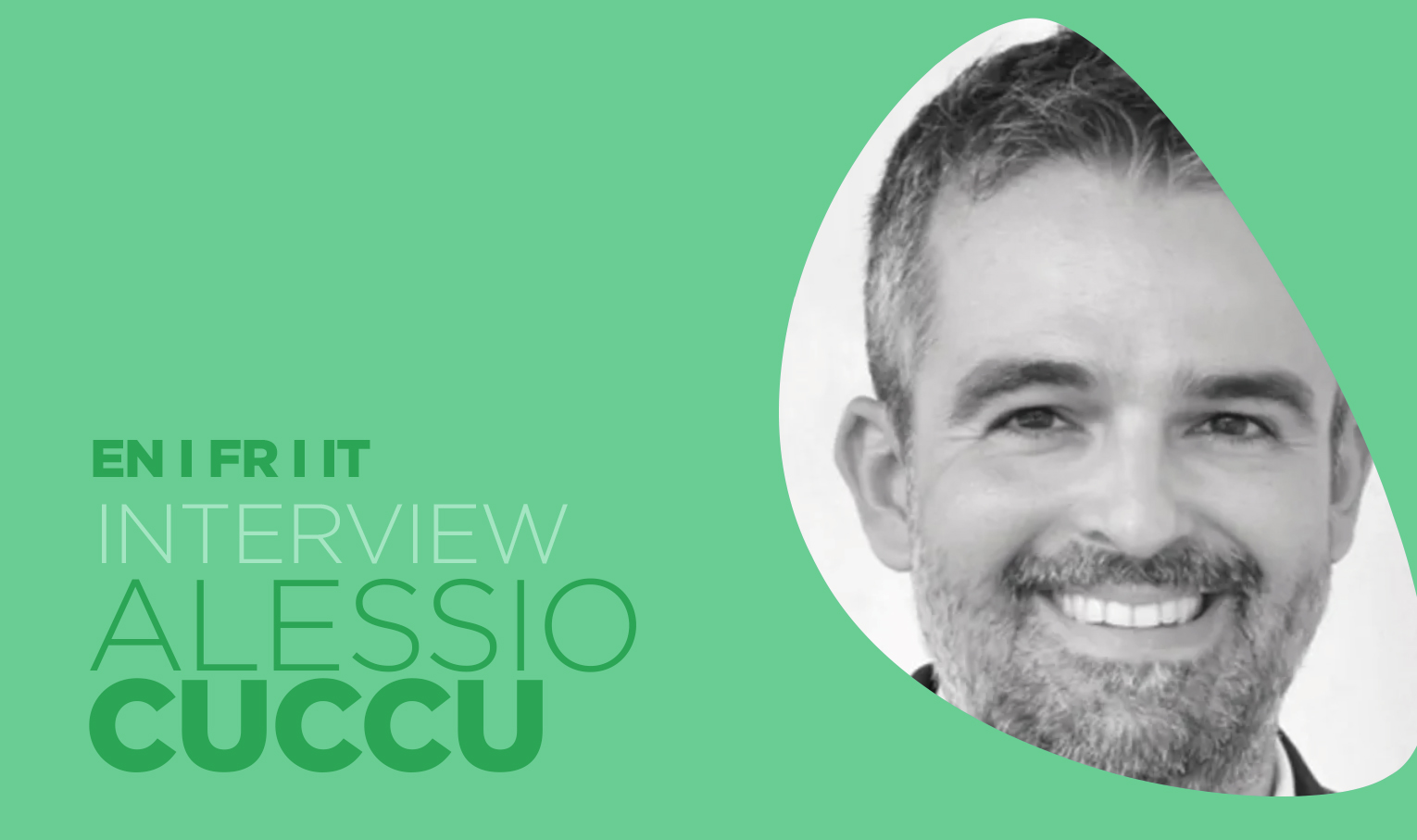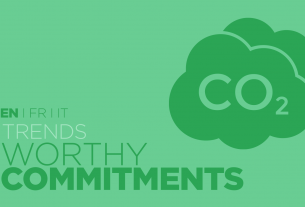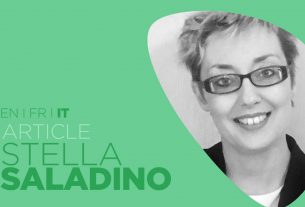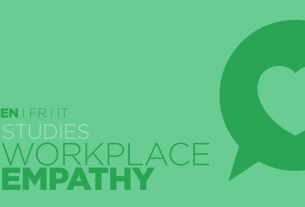“Full time curious, healthy carrier of kindness” is the way Alessio Cuccu prefers to introduce himself, by quoting the words of one friend of his. Materials Engineer, passionate about Design Thinking, based full time in London, since last year, after spending the previous two years split between London and Venice after more than 15 years working in Italy on innovation research and design.
We, from KINDNESSforBusiness, met him for a short interview about the topic that sparked our curiosity: Kindness – Innovation, which is the basic principle of his new website “Kindnovate – nudge the change”.
How could KINDNESS contribute to Innovation? This was our first question, which found a prompt answer by reading the words on his website, “Innovation is tough because it demands you to change. Change creates frictions and asks you efforts to fix them. Using kindness eases change and facilitate innovation, that is “nudge the change”.
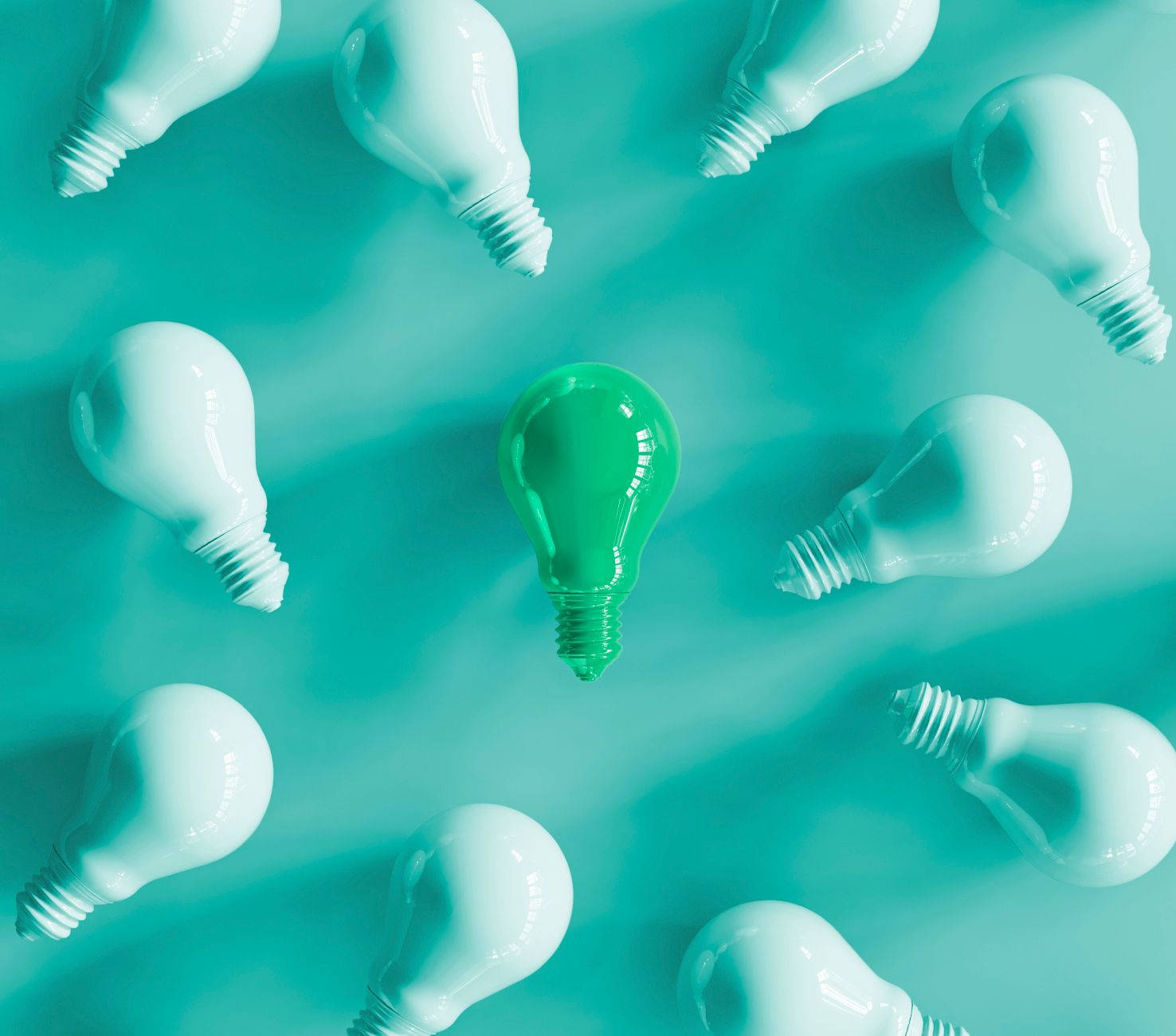
We start, with Alessio, a new series of interviews and meetings about behaviours, values, actions connected to KINDNESS within and for companies.
Good morning Alessio! Please, tell us more about yourself and what you do.
It’s a long, varied, journey and a little bit unusual! I graduated in 2001 with a MSc degree on Materials Engineering with a thesis about “Innovative Materials” which is probably my very first uncommon professional choice. Thanks to my work, a new consultancy company on research and technology transfer, named MaTech, started.
After 8 years of projects, with numerous companies from different fields, I changed job and started to work with Lago Design, an Italian furniture manufacturer design leader, based in close proximity to Padua.
I spent the first four years in Lago inside the R&D team, working on innovative projects, and then I spent the following four years working together with the Head of Design, General Manager being part of the strategic committee.
I’d like to talk about two of the many projects I worked on in Lago; the first one is an example of product innovation, the “Et Voilà” wardrobe, made by substituting wooden doors with a fabric. The second one is a great example of business model innovation, described, in very simple words, “bringing the home outside the home”; the company started using its products designed for homes also for different spaces as offices, hotels, restaurants, hospitals, shops, schools. A deeply transformative project, one of a kind.
After three years spent commuting between Venice and the UK, I joined my wife in London. I followed her and probably that has been one of my small acts of Kindness. Anyway, London is not such a bad place to live in.
Today I can label myself a strategy and innovation consultant: my consultancy projects are always broad thanks to what I have learned during the years. There are few fundamental ingredients for me for doing innovation: sustainability, people’s feelings and building the team and being part of it. I help clients to identify people good at dealing with innovation and I support them to build an effective process for innovation together. I share my experiences, using my favourite methods, first to inspire, subsequently to facilitate the creation of the right mind-set which contributes to better understand innovative issues and helps taking effective, and broad, actions less constrained by previous approaches or the status quo. Time, and being always available (both virtually and physically) contribute to define the best KPI for the company.
How did you end up sharing Kindness for professional purposes, in a professional environment?
When I arrived in London in 2018, I took a sabbatical year; I spent time for myself, learning from the city and connecting the dots from my life experiences. First, I realised that kindness has always been with me, from the very start of my life, and then I had my ha-ha! moment realising how helpful kindess has always been during all my professional experiences connected with innovation. Kindness for innovation has been the starting point of “Kind Innovation” which, during this 2020 pandemic, has turned into the recent “Kindnovate, nudge the change”.
I started to study this topic, because I realised how much effort is needed to make change happen and build innovation; I came across it, for the first time, while I was working with MaTech, where we were a small team to build something new from scratch. You have to spend energy, find time to share goals and create the right commitment. Then you must accept and encourage a very high tolerance to ambiguity. Without kindness it is quite common for someone to say no, or to say how to make things without listening to others; this does not work, we could also reach a goal but it would be actually distant from a relevant innovation.
Innovation sometimes cannot be pursued continuously, because it is a “time consuming” and “mind consuming” activity, with high cost (and high value and return); a few big corporates in the world have the possibility to innovate non-stop. Often in SME time and mind resources are limited and that’s way we should pay big attention on how to use them, by understanding whether we are living a favourable moment for innovation, or whether we are living a moment in which scaling the business, using already developed innovations, is the new priority.
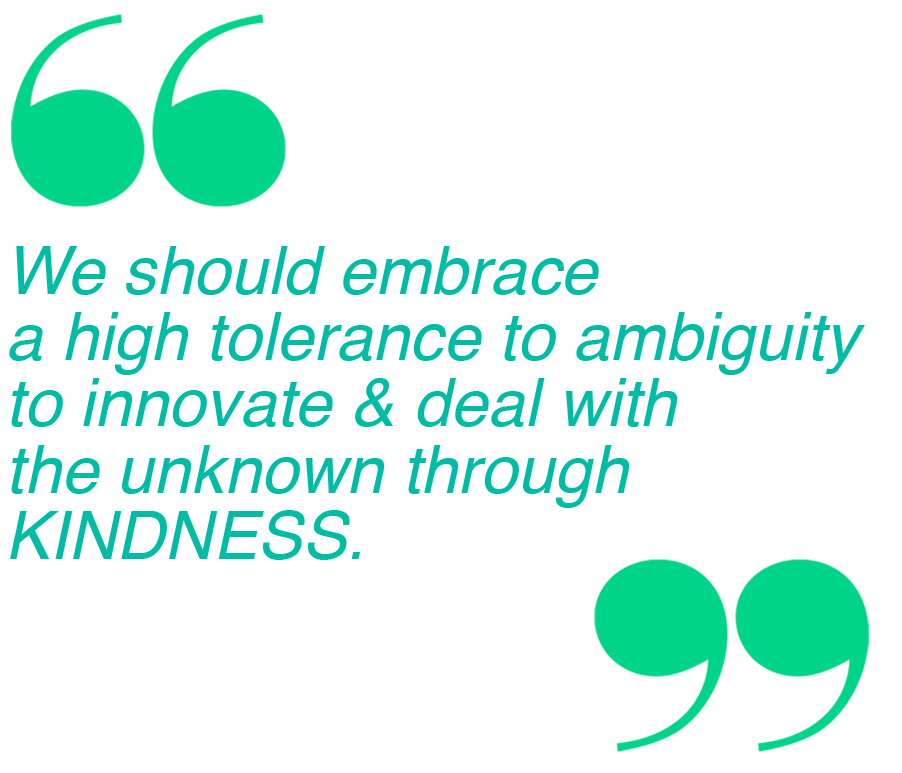
That’s an additional thing, we should discuss about. Lean Manufacturing has taught us that innovation is continuous and incremental. What is your opinion on this and to what extent do you think Kindness could affect it?
By developing innovation step by step, Toyota uses a humble and kind manufacturing process in which all the workers are equally taken into consideration. It is a kind environment, as defined by Robin M. Hogarth in his paper “The two settings of kind and wicked learning environments”. A paper I came across this year in which Hogarth defines the “kind” learning environment vs. the “wicked” ones, where information is not easily shared, because patterns are not obvious or repeating and rules are unclear; here, learning is far from simply repeating the same discernable pattern, in a better way.
In the former environment, you know what you are expected to do, what you are doing today is very similar to what you did yesterday and quite the same of what you are going to do tomorrow; standard deviations are actually low. Everything changes when previously defined rules disappear, when you are looking how to change your approach of doing things, and of thinking, so you realise that being humble and forgetting your knowledge and experiences on purpose, could help. Emptiness generates space, as they say in Asia. Not everyone has the strength, the mind-set and the ability to accept ambiguity. Kindness is extremely helpful when dealing with the unknown.
This contraposition between “Kind” and “Wicked” environments is very interesting. Which other experiences, and readings inspired you?
Concerning the topic mentioned above, I would like to mention the book “Range. Why generalists triumph in a specialized world” by D. Epstein. A generalist is not a “Know-it-all” person, a generalist is more like having the right “mind-set” to welcome unexpected and meaningful connections between different expertise and experiences without sticking to their guns. Experts should transform into facilitators, using the closest common and understandable language to spark collaboration and improve knowledge within the team. The best ‘super experts’ when put outside of their “kind” environment could find themselves competing together in an unkind way. Generalists are becoming more relevant in today’s world, a world full of challenges in “wicked” learning environments, which demands a combination of experiences, knowledge, methods, processes from different fields to fix problems by imagining and developing new, innovative and effective solutions. This topic resonates so much with me that I designed a simple 2×2-matrix tool to show where Kind Innovation can make a big difference; I use it to better understand the playground where a company is playing and the starting point to each innovative project.
The second reference I am sharing is another one from Japan, as Toyota; Honda, the smaller Japanese car manufacturer, has a peculiar way to lead meetings between colleagues with different seniority and from different units to solve problems and generate ideas together. I discovered, in the book “Driving Honda” by J. Rothfeder, that they call such meetings “Waigaya”, wai-ga-ya, “the noise of heated discussion and the free flow of ideas”. Hierarchies are left out of the room where “chaotic communication, open disagreement, inharmonious decision making” happen in a truthful, authentic, effective and kind way.
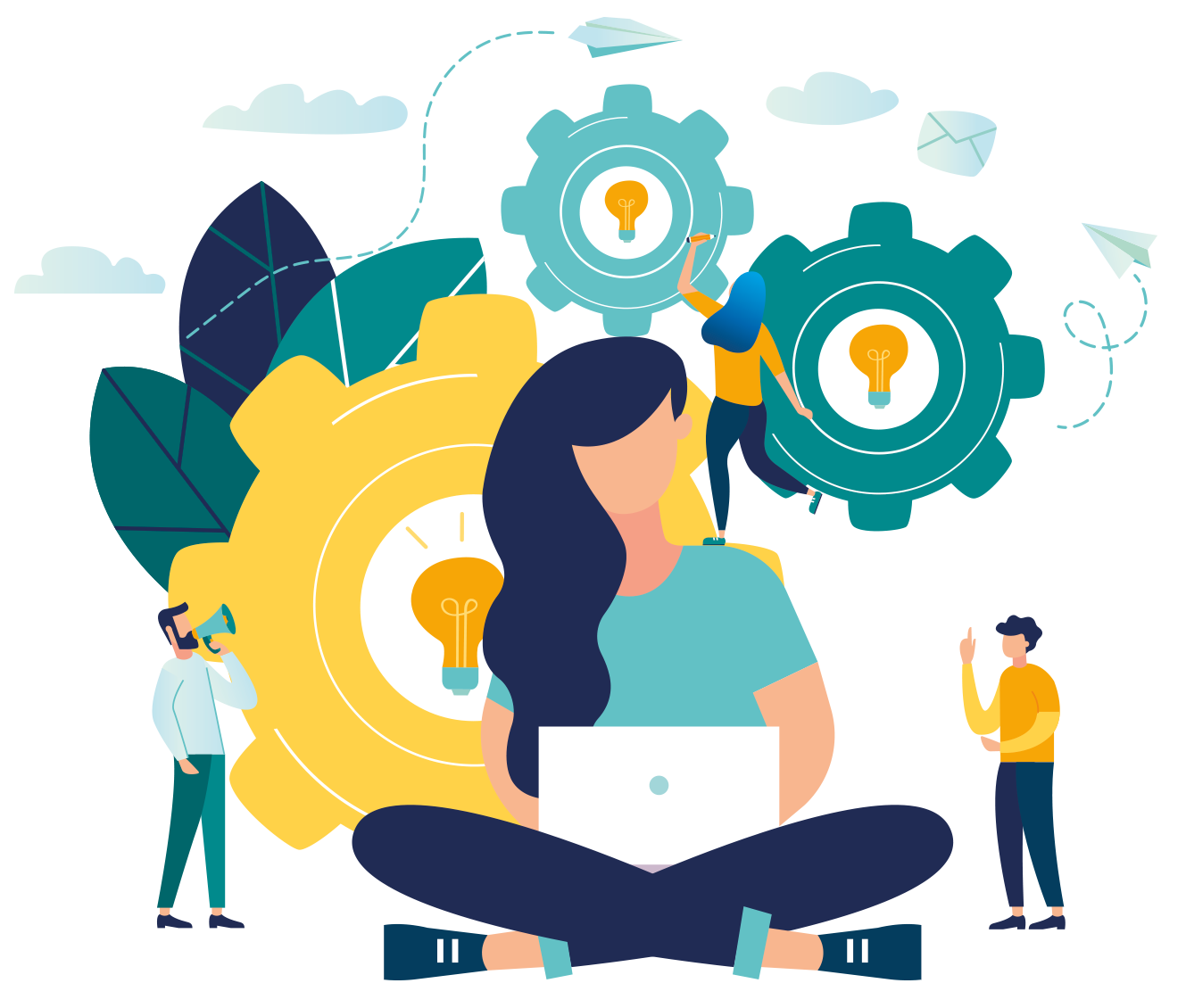
Dupont, a hierarchical company, has a similar way of leading creativity, by contemplating a sort of “creative bubble”, the same just described by you above, where hierarchy is left outside of the bubble; Gore, a former DuPont employee, developed the Gore-tex material, and decided that his new company had to be 100% centered around it.
This is so true, and this brings me now to mind Sathya Nadella, Microsoft’s CEO. In a certain way, he used kindness to change the big tech company after many years where former CEO Steve Ballmer played the “finite game” focusing on competition and competitors’ war. I read that Nadella, newly appointed as the new CEO, handed each of his execs the book “Non Violent Communication” by Marshall B. Rosenberg before starting to build the future Microsoft. He is an Indian, and he reminds us about the different approach they have in Asia. Considering this, we could probably find new sound approaches to innovation in other places such as Africa or South America. Innovators are great in finding kind and inspiring experiences.
So, Kindness works as your “fil rouge” for innovation, because it eases inclusion and inclusion gives a strong and transformative power to innovation. Does a limit to kindness exist in a company?
I believe that inside a company, it becomes important to better understand the context, and Netflix is an enlighting example. First, start by identifying your operation people (execution) and your creative people (exploration). When you are dealing with execution, things should be made in a specific way, the tolerance for ambiguity is not needed, and the company proves itself to be kind by choosing its employees for doing the job in which they are experts, without asking them to diverge or following something new. It is extremely important to understand the difference between an executive and an explorative environment, and then choose the right persons to avoid disengagement. From what I read recently about Netflix and from my past experiences, I learned that people are not all interested in doing explorative and propositive tasks, and that the kindest act is to ask. Sometimes we make big efforts by forcing everyone to jump in the same boat and this could be an unkind and counterproductive choice.
People often ask me what it does mean to be a Chief Kindness Officer. Probably because, at a glance, the first things that pop to someone’s mind, related to kindness are not particularly pleasant: people often tend to make negative connotations to boredom and the weakness of being kind. Sharing Kindness in every company should trigger a paradigm shift: from the common “Mors tua, vita mea” to the new “Vita tua, vita mea”, as I learned from a friend of mine who works as a solicitor.
You are Italian, now living in London. Cross culture is one relevant topic of your job, which we like to highlight because we, K4B, were also born from mixing many different cultures. Do you feel differences, about understanding Kindness, between Italy and London?
Covid-19 is a big, and new, challenge for all of us, which is forcing us to live, for long, in an ambiguous and discontinuous world, never experienced before. During this pandemic, here in London, I’ve observed how many kind initiatives, projects, companies, no-profit, events were born; it’s not by chance. People understand that kindness is extremely useful when tackling a complex situation. Yes, I am under the impression that there are some differences between the two cultures but I have not collected enough information to come to a conclusion yet, the Work is still in progress.
Now that our interview has come to and end, we kindly ask you to choose two cards from the 50 we designed to represent the Kindness Universe of a company; 50 cards to identify all of the shades that constitute the DNA of a company. Please, choose the one which resonates more with you together with the most unexpected one.
The first card that intrigues me is the “Abundance” card; I find it interesting because, most of the times, a very important ingredient to help creativity and innovation to happen is “constraints”, which is something closely related to “scarcity”. The one that resonates more with me is “Authenticity” because it is strictly connected with being kind first to ourselves, without masks. Being happy and helpful are all different components of Kindness.
THE AUTHOR
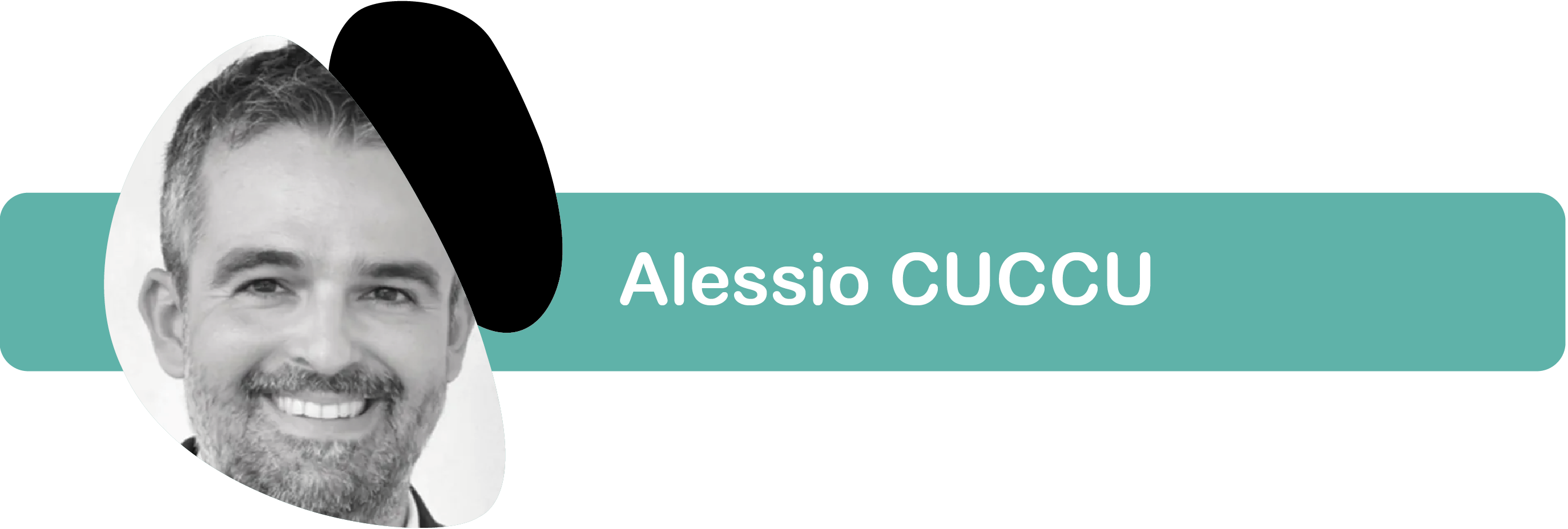
Alessio CUCCU is : Chief Kindness Officer | Full time curious | natural carrier of kindness | inspired by inspiring #KINDINNOVATION.




